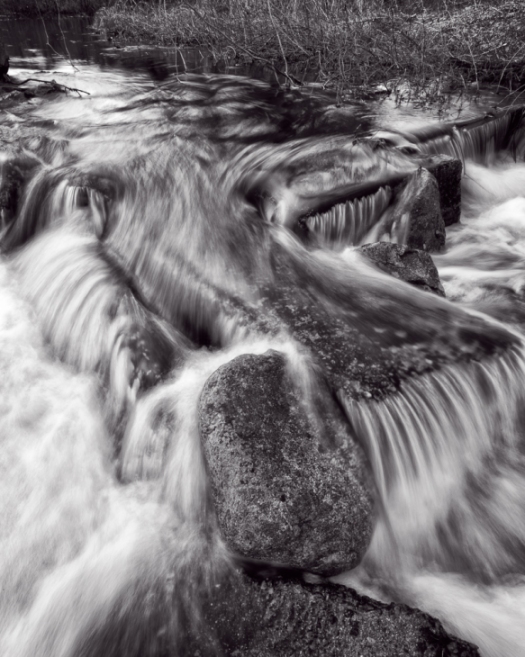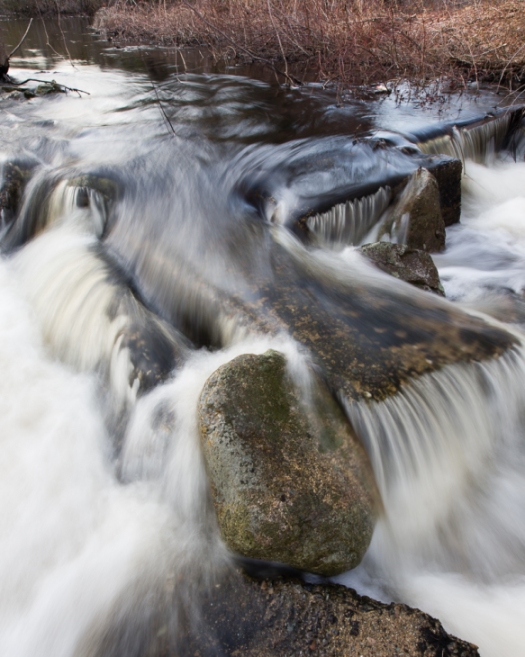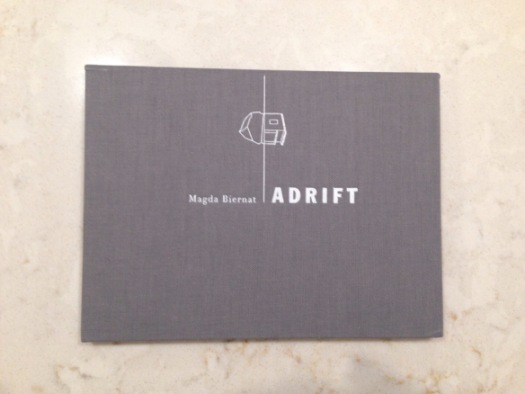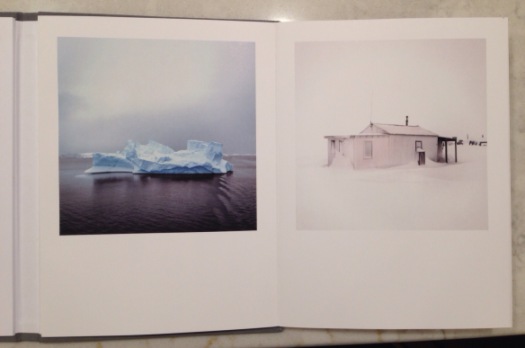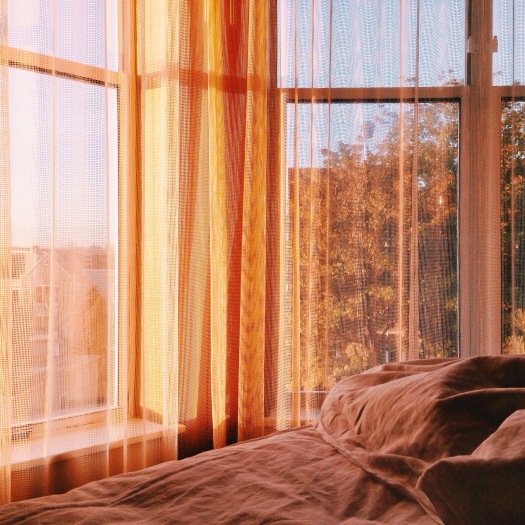I have been thinking about a framework that I can use as scaffolding for my on-going and future projects. In other areas of my life I have found that having a flexible road map for what you’re working on to be enormously helpful in actually getting projects out of the door. As part of this process I have been deconstructing some of the basic assumptions that have served me well up to now and trying to reassemble them. Unfortunately I have parts left over which means either I’ve found a better way or broken something.
I started with vision, which I had interpreted as the way that you see the world. Looking at a dictionary definition of vision I found that vision was described as:
- the faculty or state of being able to see.
- the ability to think about or plan the future with imagination or wisdom.
- mental image of what the future will or could be like.
Or to put it another way vision is the change that you want to cause to happen. For instance it could be telling the story and raising awareness of a disenfranchised group of society, shining a spotlight on the growing crisis of climate change, or mobilizing people to stop using the ocean as a dumping ground.
Vision therefore is not really unique, I know there are many others that are concerned about the state of the oceans and share the vision of clean oceans that will be able to support a diverse population of marine life. How you express that vision and work to effect change most certainly could, and should be, if you draw on and incorporate the experiences that have shaped you.


